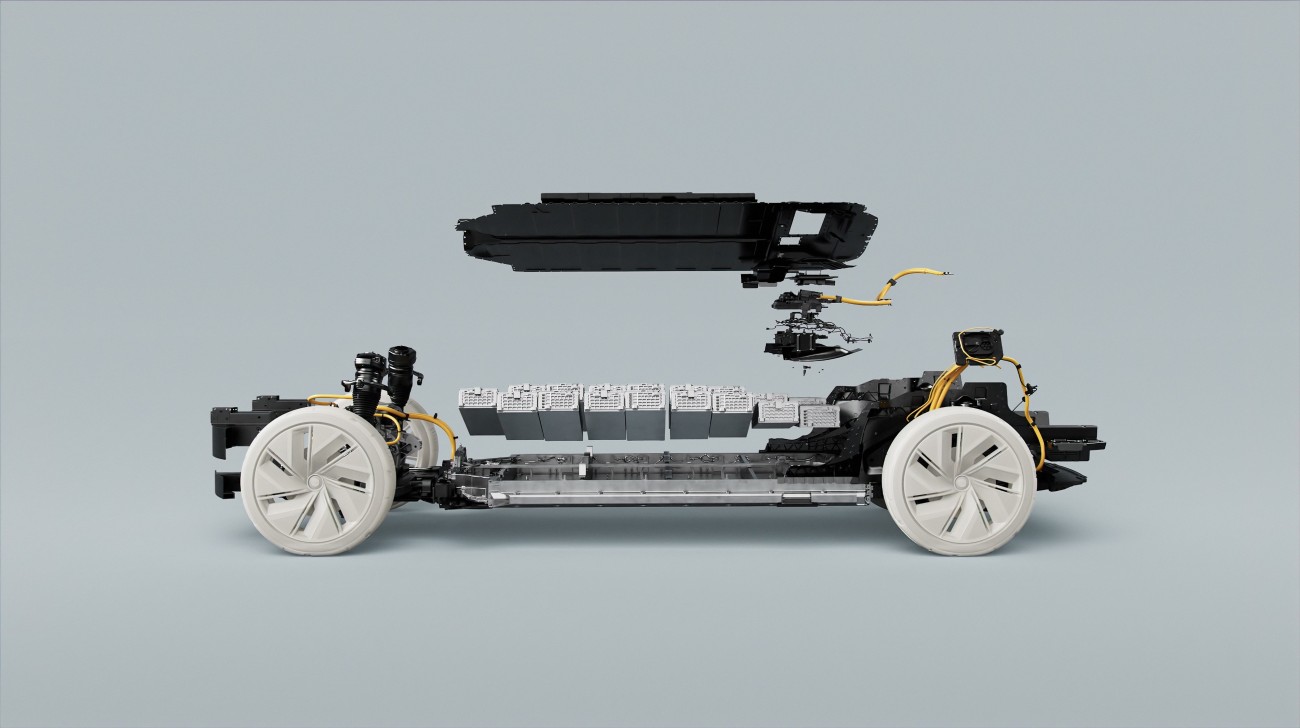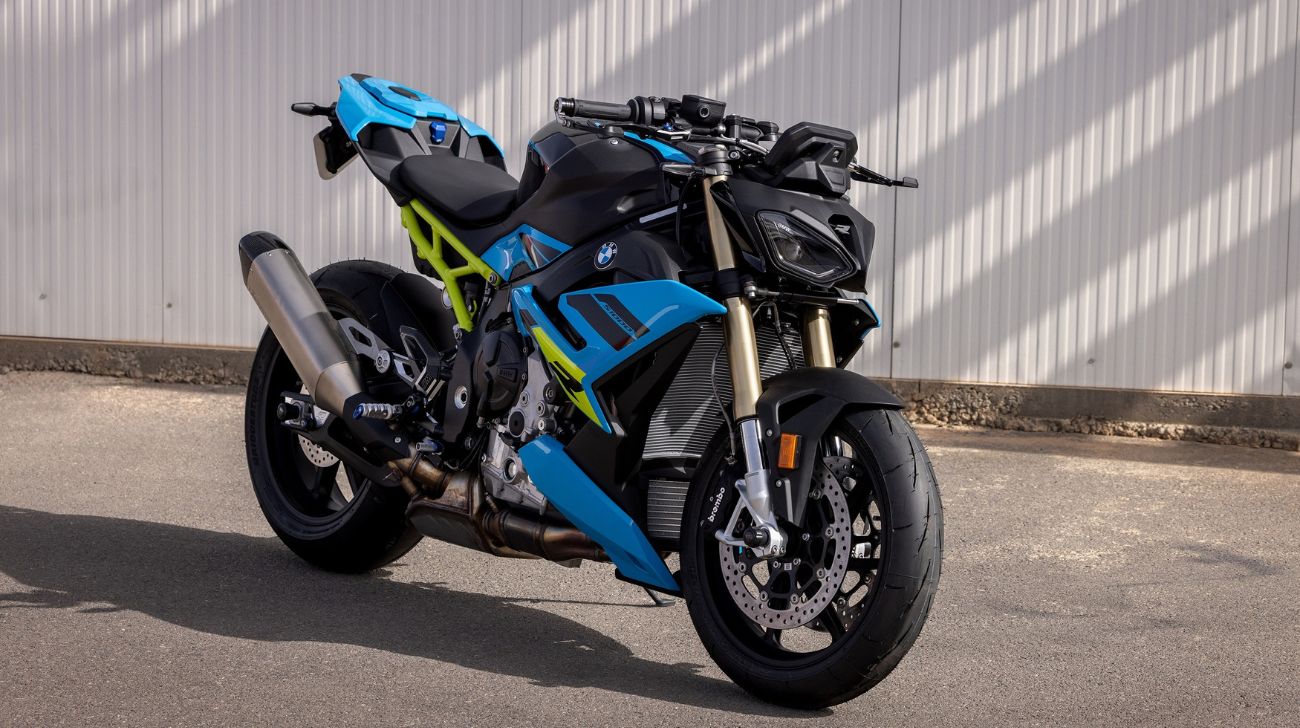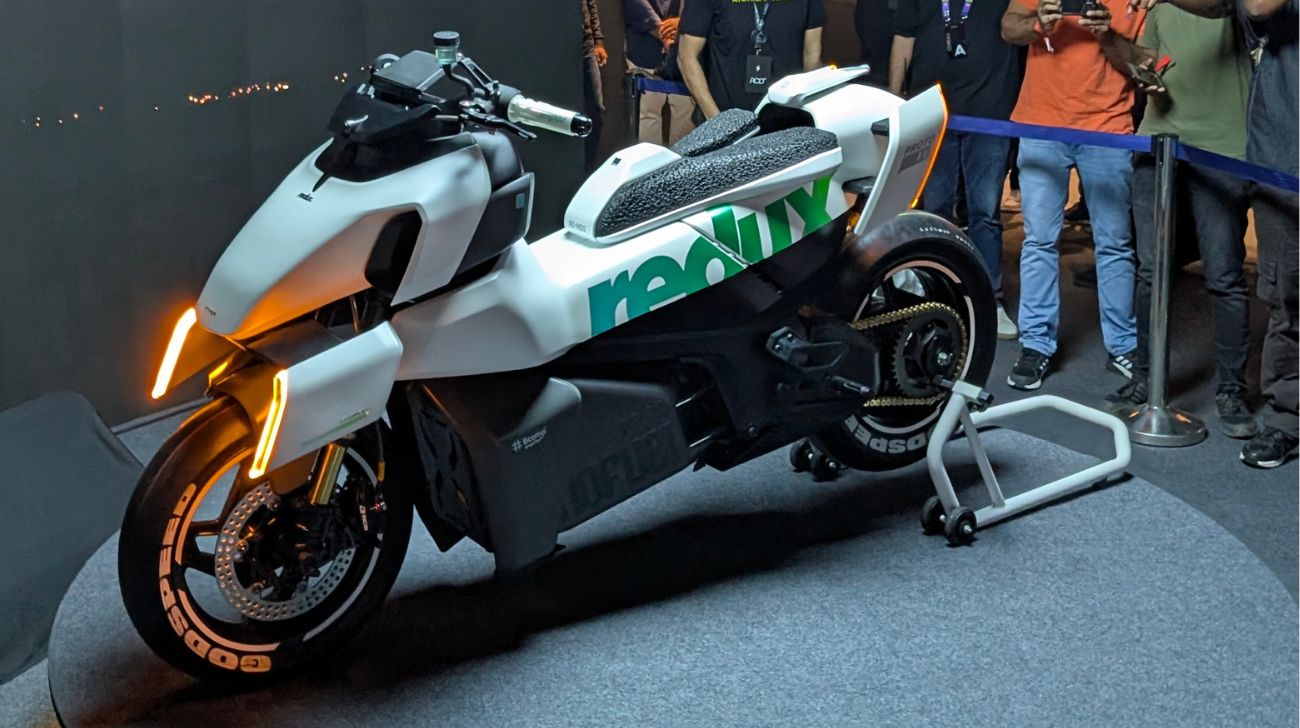Volvo has introduced software to their EVs that drastically reduces their charging times. EVs are improving by the day, but the charging speeds still feel like a cause for concern. Volvo has addressed this issue with a new software that allows faster charging without affecting battery health. This is in collaboration with Breath Battery Technologies.
What is it about?
The tech involved is called Breathe Charge from Breathe Battery Technologies. With Volvo being the first company to use them in EVs, it will be exciting to see how well this collaboration works. Volvo has claimed that it expects this tech would require a third of the time generally taken to charge an EV from 10% to 80% in rapid change. The tests have revealed an upgrade of 15-30%. This is possible as Breathe's software takes an adaptive approach to charging a battery while not bothering its health. The algorithms use the information about the battery's current health to stop the charging before it charges through the lithium plating of the anodes (Negative electrodes).
How does EV Charging work?
When the battery is charging, lithium ions attach to the anode, which is generally made of graphite in lithium-ion cells. In the discharging phase, these are released by the anodes and absorbed into the cathodes (positive electrodes). These two processes continue over the battery's lifetime.
Issues in this process occur if a very high amount of power is consumed during charging or the temperature is not high enough. In this case, the lithium ions might form a plating over the anodes, which reduces the battery's potential and increases the resistance. This leads to both lowered performance and a faster ageing process. One other reaction that might happen is dendrite formation, which causes many issues for the battery's operation.
Software: The way to go
Using software that can control the charging process efficiently establishes a good balancing game between fast charging and slowing aging. While we already find internal battery management systems in high-voltage batteries, this tech takes it a step forward. As the development of the hardware of electric cars will take a significant investment of money and time, developing software to harness the maximum potential from batteries might be the best solution moving forward.





